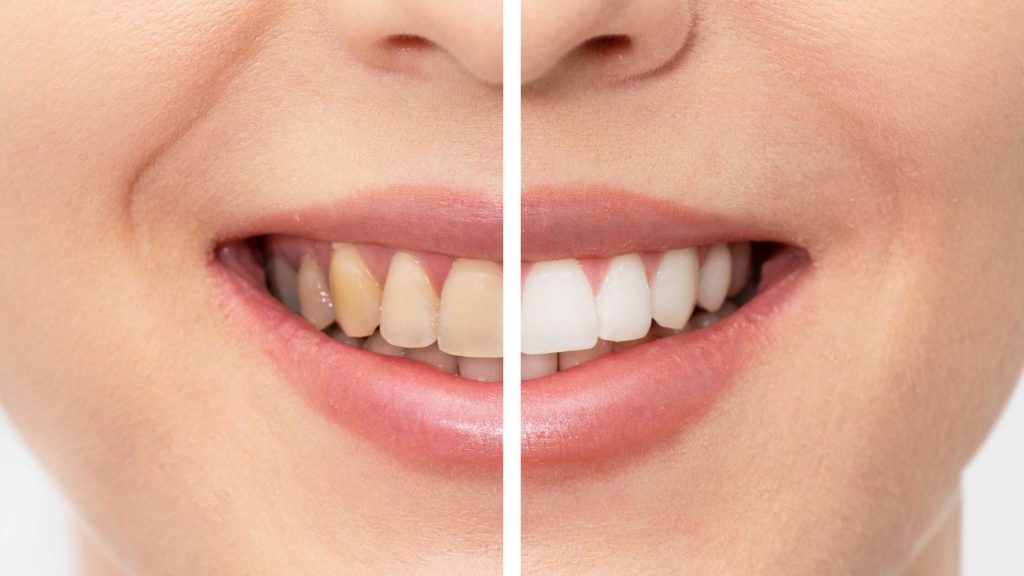Deep Teeth Cleaning Procedure
Deep teeth cleaning is a non-surgical procedure to treat periodontitis or gum disease. To encourage healing and stop the spread of gum disease, it entails removing plaque, tartar, and germs from below the gum line and smoothing the root surfaces. Therefore, it is also known as scaling or root planning.
Deep cleaning enhances overall oral health. It will lower the risk of several oral health problems, such as tooth decay, gum infections, and periodontal disease, by removing plaque, tartar, and bacteria. Halitosis, or persistent bad breath, is frequently brought on by bacteria building up in the mouth due to gum disease or poor dental hygiene. Deep cleaning removes the bacteria, which lessens bad breath and enhances oral freshness. This blog will examine what a patient can expect during this procedure.
What to Expect During a Deep Teeth Cleaning Procedure
There are various steps that are involved in the deep teeth cleaning procedure. Some are given below;
1. Examination and Evaluation:
Dentists will first examine the teeth and gums to check the degree or extent of gum disease. They might utilize probes and X-rays to evaluate the state of your teeth and find any underlying problems.
2. Numbing:
Throughout the process, the dentist may use a local anesthetic to numb the treated area to ensure your comfort. As a result, it will lessen any discomfort or pain.
3. Scaling:
Scaling is the initial stage of the deep teeth cleaning procedure. The dentist or dental hygienist will gently eliminate plaque and tartar from the teeth and below the gumline using specialized dental equipment like scalers and curettes. This method targets the exposed tooth structure and cavities beneath the gum line.
4. Root Planing:
Following scaling, the dentist will perform root planing. Root planning encourages the recovery of gum tissue. To eliminate any leftover germs, toxins, and tartar, the rough areas of tooth roots must be smoothed out.
5. Antibacterial Irrigation:
The dentist could use an irrigation tool or antibacterial solution to completely rinse the treated areas during the process. By doing so, you may get rid of any leftover bacteria and debris, which lowers your risk of infection and speeds up healing.
6. Medications:
To control infections and speed up healing, the dentist may occasionally recommend antibiotics or apply antimicrobial agents directly to the gums. These drugs may come in oral tablets, gels, mouthwashes, or locally injected drugs.
7. Care and Follow-up Sessions:
After the deep teeth cleaning procedure, the dentist will guide you on maintaining good oral hygiene at home. They may suggest particular oral hygiene techniques, like routine brushing, flossing, and antibiotic mouthwash. The dentist may also arrange follow-up sessions to monitor your development and guarantee the procedure’s efficacy.
Conclusion
Deep Teeth Cleaning procedure is used to cure gum disease and stop its progression. This process improves healing, lessens inflammation, and restores oral health by eliminating plaque, tartar, and germs from below the gum line. To prevent gum disease and preserve a healthy smile, it’s essential to practice good oral hygiene habits and schedule routine dental check-ups.
Deep cleaning procedure at Mylifesmiles successfully removes plaque and tartar accumulation from the teeth and along the gumline. It lessens the chance of tooth decay and helps prevent gum disease from spreading. Periodontal disease is a main factor contributing to tooth loss in adults. This procedure lowers the risk of tooth loss by maintaining the health of the gums and supporting bone.




